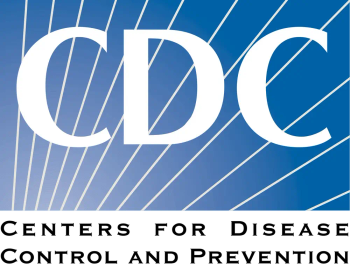
Oral Cephalosporins Safe, Effective For Step-Down Therapy For Gram-Negative Bloodstream Infections
A new study being presented at MAD-ID looked at this class of therapies vs oral penicillins and found the former to be non-inferior to the latter.
In a study being presented at MAD-ID, oral cephalosporins were found to be non-inferior to oral penicillins for the treatment of gram-negative Enterobacterales bloodstream infections.
“Step-down therapy with oral cephalosporins was non-inferior to step-down with oral penicillins for treatment failure (7.1% vs. 7.1%; 95% CI [-0.064, 0.064], p = 0.002),” the investigators wrote. “No significant differences were found for antibiotic-associated adverse events, CDI, or microbiological failure within 30 days.”
Study Specifics
This was a retrospective observational study conducted from January 2022 through October 2024. The study aimed to evaluate the safety and efficacy of oral cephalosporins vs oral penicillins as step-down therapy.
The primary outcome was treatment failure defined as infection-related readmission or mortality, documented treatment failure in an outpatient office visit, or change in antibiotic due to documented clinical worsening within 30 days. A pre-specified non-inferiority margin of 10% was used.
Secondary outcomes included antibiotic-associated adverse events, Clostridioides difficile infection, and microbiological failure within 30 days.
"No significant differences were found for antibiotic-associated adverse events, CDI, or microbiological failure within 30 days. In a pre-specified subgroup analysis of < 10 and >10 days of therapy, there was no significant difference in treatment failure despite a higher number of treatment failure in patients receiving >10 days of therapy (8.2% vs. 2.1%, p=0.215)," the investigators wrote.
A total of 280 adult patients were included (140 in each group). Compared to the penicillin cohort, more patients in the cephalosporin group were female (61.4% vs. 49.3%, p = 0.041), had a urinary source of infection (87.9% vs. 62.1%), and had urinary abnormalities (40% vs. 28.6%).
Patients in both groups received a median of 5 days of IV antibiotics prior to step-down to oral therapy, with no difference in the median total duration of therapy (14 days vs. 15 days).
Interestingly, the cephalosporin group had fewer infectious diseases consults (18.6% vs. 36.4%).
Background
Previous studies have shown that oral antibiotic step-down therapy for the treatment of gram-negative bloodstream infections is non-inferior to a full course of intravenous therapy. However, most studies have included only highly bioavailable antibiotics. While comparisons among fluoroquinolones, sulfamethoxazole-trimethoprim, and beta-lactams have shown similar outcomes, beta-lactam treatment groups have been small and primarily composed of penicillins.
Reference
1. Volkmar B et al. Comparison of Oral Cephalosporin and Penicillin Step-Down Therapy for the Treatment of Gram-negative Bloodstream Infections Abstract. MAD-ID Meeting. May 28-31, 2025. Orlando, FL.
Newsletter
Stay ahead of emerging infectious disease threats with expert insights and breaking research. Subscribe now to get updates delivered straight to your inbox.

















































































































































































































































































